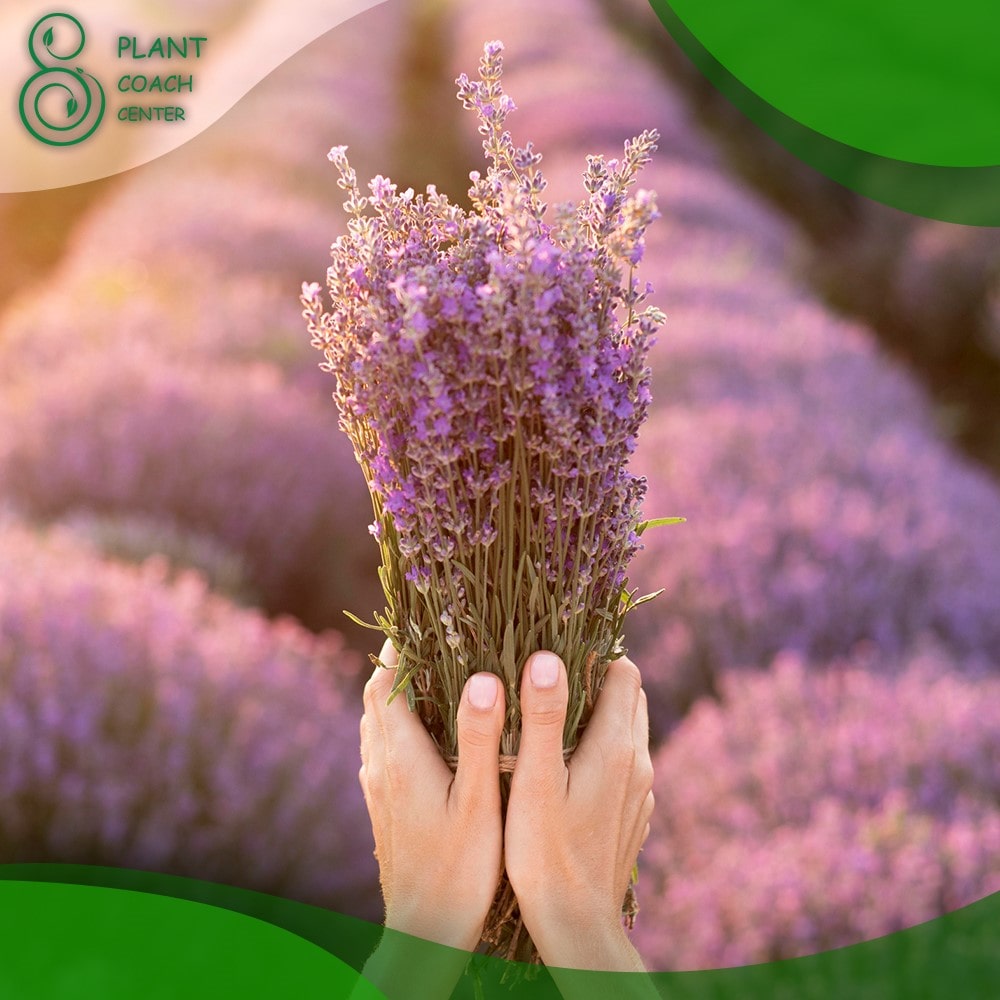When to Cut Back Lavender
With its delicate fragrance and vibrant purple flowers, lavender is a beloved plant in gardens worldwide. While lavender is known for its resilience and ability to thrive in various conditions, proper care during the winter months is essential for its long-term health and vitality. This comprehensive guide will delve into the art of cutting back lavender for winter and explore various plant coaching techniques to address common problems.
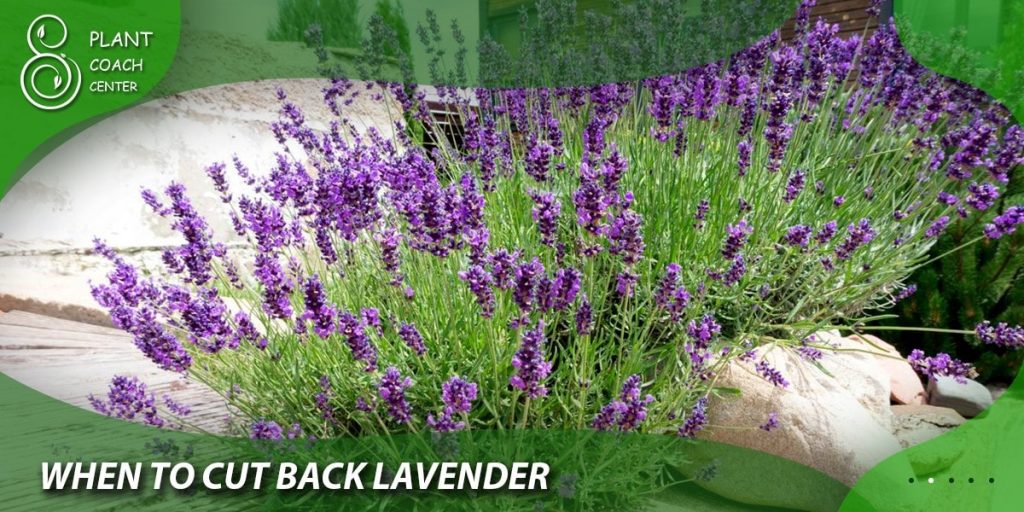
Understanding the Growth Cycle of Lavender
Before we delve into pruning lavender, it’s crucial to understand its growth cycle. Lavender plants go through several key stages, including germination, vegetative growth, flowering, and dormancy. Each stage has its significance and impacts the timing and method of pruning.
During the germination stage, lavender seeds sprout and develop into young seedlings. The vegetative growth phase follows, where the plant establishes its root system and foliage. Flowering, the most visually appealing stage, showcases lavender’s iconic blooms. Finally, dormancy is when lavender conserves energy and prepares for the coming winter.
When to Cut Back Lavender: Factors to Consider
Determining the ideal time to cut back lavender for winter involves considering several key factors. Let’s delve deeper into each factor:
Climate and Geographic Considerations
Lavender’s pruning schedule can vary based on the climate and geographic region where it is grown. Cold-winter regions typically require pruning before the onset of harsh winter conditions to protect the plant. In milder regions, where frost is less severe or non-existent, pruning can be done later in the winter or early spring. Understanding the specific climatic conditions in your area will help determine the appropriate timing.
Varieties of Lavender and Their Pruning Needs
Different lavender varieties have varying growth habits, blooming patterns, and pruning requirements. Some varieties bloom earlier or have longer flowering periods, while others have specific growth habits that influence the timing of pruning.
For example, English lavender (Lavandula angustifolia) typically benefits from light pruning immediately after flowering. In contrast, Spanish lavender (Lavandula stoechas) often requires pruning in early spring. Research the specific needs of the lavender variety you are growing to determine the most suitable timing for pruning.
Timing Considerations for Different Regions
The timing of lavender pruning can vary depending on the specific region or microclimate within a geographic area. Factors such as elevation, proximity to large bodies of water, and local weather patterns can influence the ideal pruning time. Consulting local gardening resources, experienced gardeners, or nearby plant nurseries can provide valuable insights into the specific timing considerations for your region.
Flowering and Blooming Cycles
Observing your lavender plants’ flowering and blooming cycles is another helpful indicator for determining when to cut them back. Lavender typically blooms in late spring or summer, with the exact timing varying by variety and climate. Once the blooms fade and dry out, the plant has completed its flowering cycle. Pruning after the flowering cycle but before the onset of winter dormancy allows the plant to recover and prepare for the dormant period.
By taking into account these factors—climate, lavender variety, regional timing, and flowering cycles—you can make an informed decision about when to cut back lavender for winter. Remember that it is always better to err on caution and prune slightly earlier rather than risk pruning too late, especially in colder regions where frost and freezing temperatures can damage the plant. Observe the plant’s growth, monitor weather conditions, and consult local gardening resources for guidance specific to your lavender’s needs and regional climate.
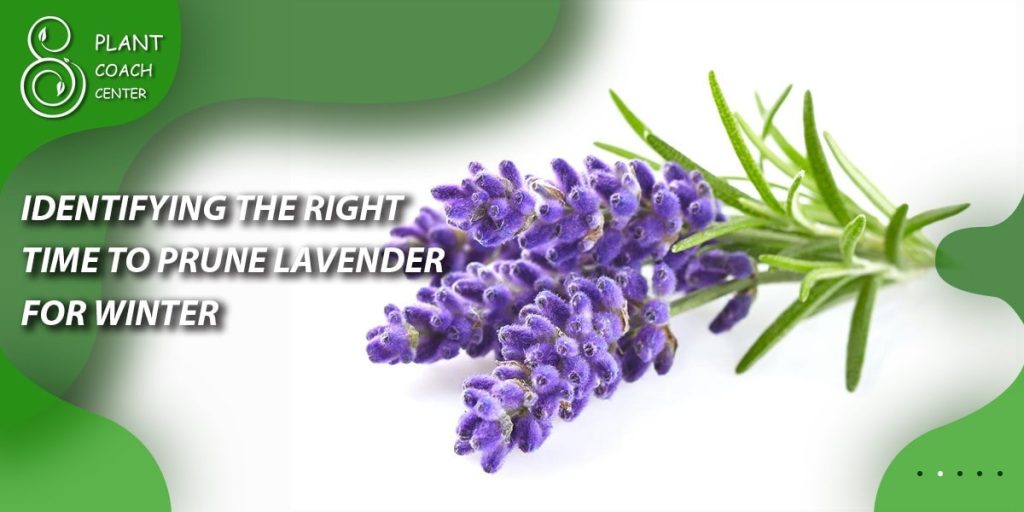
Identifying the Right Time to Prune Lavender for Winter
Identifying the right time to prune lavender for winter involves carefully considering various factors. Here’s a more detailed explanation of the key aspects to help you determine the optimal timing:
Assessing the Plant’s Overall Health and Growth
Before pruning, evaluate the overall health and growth of your lavender plants. Look for signs of vitality, such as robust foliage, strong stems, and a well-established root system. Healthy plants are better equipped to handle pruning and recover from the pruning shock. Notice any signs of disease, pest infestations, or poor growth. It may be necessary to address these issues before proceeding with pruning.
Recognizing Optimal Weather Conditions for Pruning
Pruning lavender is best done during favorable weather conditions. Avoid pruning when temperatures are extremely cold or during periods of frost or freezing. Freezing temperatures can harm the plant and impede its ability to recover from pruning.
Aim for a time when the weather is relatively mild and stable, typically during late autumn or early winter before the harshest cold sets in. However, timing may vary based on your specific climate and the hardiness of the lavender variety you’re growing.
Monitoring Flowering and Blooming Cycles
Observing your lavender plants’ flowering and blooming cycles is an important indicator for pruning timing. Lavender typically blooms from late spring to summer, with variations depending on the variety and location. Once the flowering period concludes and the blooms begin to fade and dry out, it’s a good indication that the plant has completed its bloom cycle. Pruning after the flowering stage allows the plant to redirect its energy towards recovery and preparing for winter dormancy.
Timing can also be influenced by the type of lavender variety you have. Some varieties produce a second flush of blooms later in the season. If this is the case, it might be preferable to delay pruning until after the second blooming cycle to enjoy more flowers and provide the plant with ample time to recover before winter.
Remember that timing may differ slightly depending on your specific climate and the unique characteristics of your lavender plants. It’s essential to closely observe the development of your plants and make a judgment based on their specific growth patterns and environmental conditions.
By considering the plant’s overall health, optimal weather conditions and monitoring the flowering and blooming cycles, you can pinpoint the right time to prune your lavender for winter. Considering these factors ensures that the plant has the best chance to recover, thrive, and prepare for the dormant period ahead.
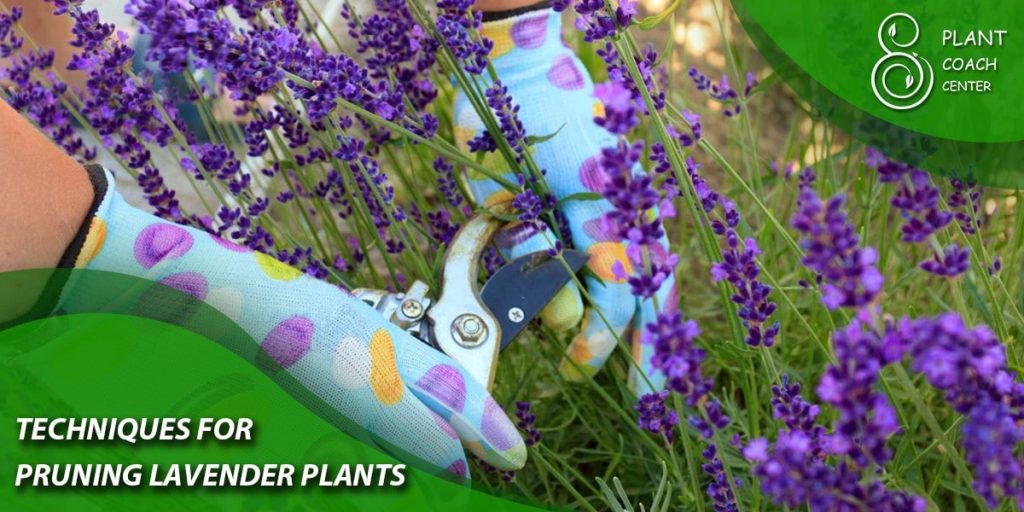
Techniques for Pruning Lavender Plants
Pruning lavender plants requires proper techniques to ensure healthy growth and maintain their desired shape. Here is a detailed explanation of the techniques involved in pruning lavender:
Tools and Equipment Required for Pruning:
Before you begin pruning, gather the necessary tools and equipment. The main tool you’ll need is a pair of sharp and clean pruning shears or secateurs. Ensure the blades are in good condition and free from rust or debris. Dull or dirty blades can cause damage to the plant and hinder its recovery. Additionally, gloves are helpful to protect your hands, and a clean cloth for wiping the blades between cuts.
Step-by-Step Guide to Proper Pruning:
When pruning established lavender plants, follow these steps:
- Remove Dead or Diseased Branches: Inspect the plant for any dead or diseased branches. Their brown or withered appearance can identify these. Use your pruning shears to cut these branches back to the main stem, making a clean cut just above the healthy wood. Removing dead or diseased branches improves the plant’s appearance, prevents the spread of diseases, and encourages new growth.
- Trim the Plant to Maintain Shape: After removing dead or diseased branches, proceed to trim the plant to maintain its desired shape and size. Start by cutting back the top one-third of the plant, making the cut just above a set of healthy leaves or leaf buds. This encourages bushier growth and prevents the center of the plant from becoming woody and unproductive. Avoid cutting into the woody stems as it may lead to slow recovery or damage the plant.
Pruning Techniques for Young or Newly Planted Lavender:
Young or newly planted lavender requires a different approach. During the first year, focus on establishing a strong root system and foliage growth rather than heavy pruning. Pinching back the tips of young plants, using your thumb and forefinger, helps promote branching and fuller growth. Pinch just above a set of healthy leaves or leaf buds, which encourages lateral growth and a compact shape. However, avoid excessive pruning during this stage to prevent stressing the plant.
Common Mistakes to Avoid During Pruning:
While pruning lavender, it’s important to avoid common mistakes that can harm the plant. Here are some key mistakes to steer clear of:
- Over-Pruning: It’s crucial not to over-prune lavender, especially cutting too close to the woody stems or removing too much foliage. Over-pruning can weaken the plant and inhibit its ability to recover.
- Pruning at the Wrong Time: Pruning too early or late in the season can negatively impact lavender. Avoid pruning during extreme cold or frost, as it can damage the plant. Pruning too late, close to winter dormancy, may leave the plant vulnerable to cold damage.
- Removing All Foliage: It’s important to leave some green foliage intact during pruning. The foliage helps support the plant’s energy production and serves as protection during winter dormancy. Removing all the foliage can stress the plant and hinder its ability to recover.
By employing these techniques, you can prune lavender plants effectively and promote healthy growth. Use sharp and clean tools, remove dead or diseased branches, trim to maintain shape, and avoid common pruning mistakes. Proper pruning techniques contribute to your lavender plants’ overall health and vitality, ensuring their continued beauty and fragrance in your garden.
Tips for Winter Care and Protection
Preparing lavender plants for winter involves more than just pruning. Take additional steps to ensure their survival during the colder months. One essential practice is mulching, which helps insulate the roots and protect them from freezing temperatures. Apply a layer of organic mulch, such as straw or wood chips, around the base of the plant.
Furthermore, consider creating windbreaks or using burlap to shield lavender from harsh winter winds. This protection reduces the risk of desiccation and damage to the plant’s delicate foliage. Monitor soil moisture levels and water the plants sparingly to prevent overwatering, which can lead to root rot.
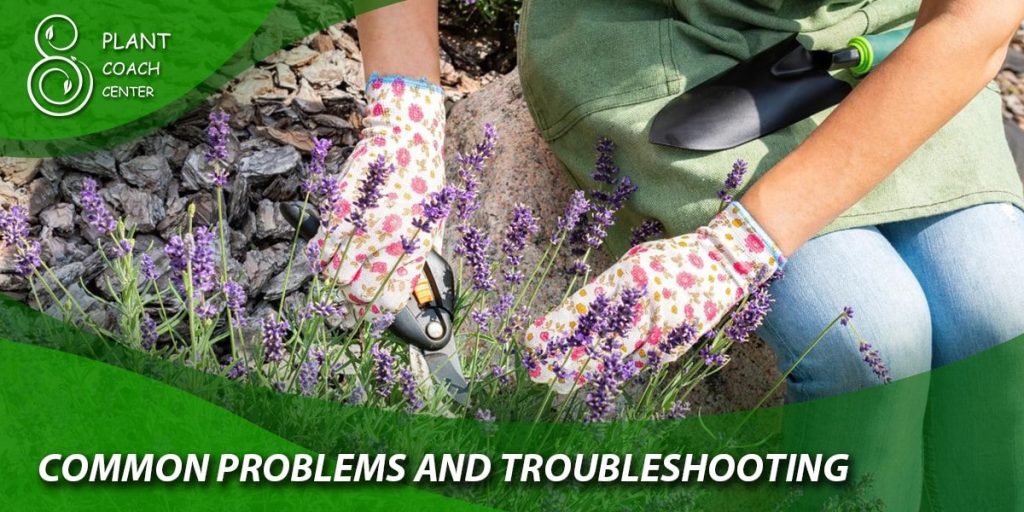
Common Problems and Troubleshooting
While lavender is a resilient plant, it can still face challenges. Pests and diseases are common issues that gardeners encounter. Aphids, spider mites, and lavender leafhoppers are a few pests that can affect lavender. Monitor your plants regularly, and if infestations occur, consider organic pest control methods or consult a local garden center for suitable treatments.
Lavender is susceptible to certain diseases, including root rot and powdery mildew. To mitigate these issues, ensure proper drainage and avoid overwatering. If necessary, apply appropriate fungicides or seek guidance from local gardening experts.
Proper nutrition is essential for lavender’s health. Ensure your plants receive the necessary nutrients by applying balanced fertilizers specifically formulated for lavender or other flowering perennials. Follow the recommended dosage and application instructions to avoid overfertilization, which can harm the plant.
Environmental stressors, such as improper watering or inadequate sunlight, can also impact lavender’s well-being. Provide adequate irrigation, allowing the soil to dry slightly between waterings, and ensure your lavender receives sufficient sunlight to support healthy growth.
Dealing with environmental stressors continued:
In regions with intense summer heat, providing shade during the hottest part of the day can help prevent the scorching and dehydration of lavender plants. However, be cautious not to provide excessive shade, which can lead to leggy growth and reduced flowering.
Extending Lavender’s Lifespan: Long-Term Care Strategies
To maximize the lifespan of your lavender plants and keep them healthy beyond the winter season, incorporate proper maintenance routines into your gardening practices. Pruning lavender goes beyond the winter season and should be done regularly throughout the year.
Deadheading, the removal of spent flower spikes, is important for promoting new growth and prolonging the blooming period. After lavender has finished flowering, trim back the spent flower spikes to encourage the development of new buds. This will result in a more abundant and extended blooming season.
Additionally, pruning lavender in early spring, before new growth emerges, can help maintain a compact shape and prevent leggy growth. Remove approximately one-third of the plant’s height, cutting just above healthy leaves or leaf buds. This will encourage bushier growth and prevent the center of the plant from becoming woody and unproductive.
Transplanting and dividing lavender plants are other long-term care strategies that can renew their vigor and provide opportunities for propagation. If your lavender plants have outgrown their current location or have become less productive, consider transplanting them to a more suitable spot in your garden. Divide mature lavender plants every few years to maintain vitality and rejuvenate their growth.
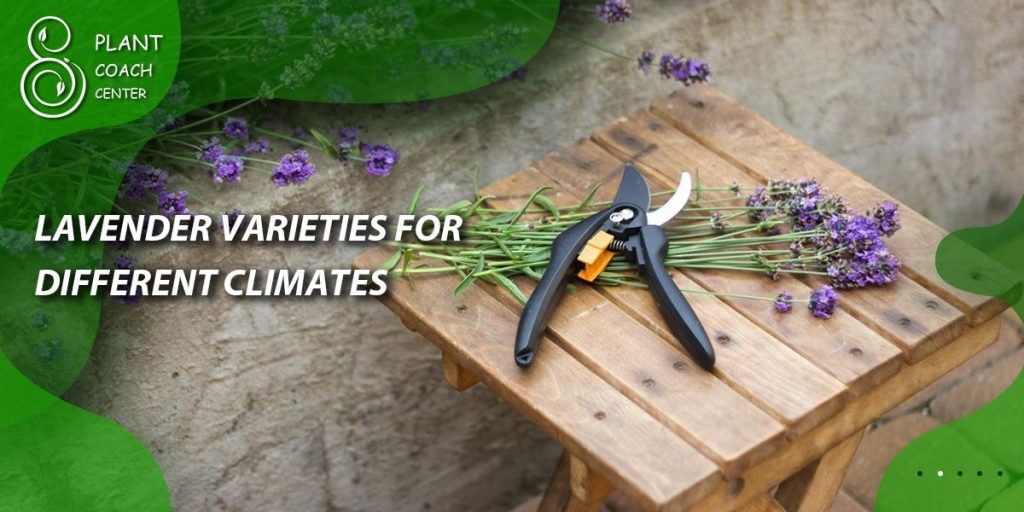
Lavender Varieties for Different Climates
Not all lavender varieties are created equal regarding cold hardiness or adaptability to warm climates. Choosing the right lavender cultivar for your specific climate is essential to ensure successful winter care. Here are some recommendations:
Cold-Hardy Lavender Varieties:
- English Lavender (Lavandula angustifolia)
- Munstead Lavender (Lavandula angustifolia ‘Munstead’)
- Hidcote Lavender (Lavandula angustifolia ‘Hidcote’)
Lavender Varieties Suitable for Warm Climates:
- French Lavender (Lavandula dentata)
- Spanish Lavender (Lavandula stoechas)
- Lavandin (Lavandula x intermedia)
Adaptable Lavender Varieties for Various Regions:
- Grosso Lavender (Lavandula x intermedia ‘Grosso’)
- Provence Lavender (Lavandula x intermedia ‘Provence’)
- Phenomenal Lavender (Lavandula x intermedia ‘Phenomenal’)
These varieties have proven to thrive in specific climate conditions. Still, it’s always advisable to consult with local nurseries or gardening experts to determine the most suitable lavender cultivars for your region.
Conclusion
In conclusion, understanding when to cut back lavender for winter is essential for its long-term health and overall success in the garden. By considering factors such as climate, lavender variety, and the plant’s growth cycle, you can determine the optimal timing for pruning.
Proper techniques, including using the right tools, assessing the plant’s health, and considering weather conditions, ensure successful lavender pruning. Remember to provide additional winter care and protection, such as mulching and shielding from harsh winds.
Addressing common problems like pests, diseases, and environmental stressors is vital for maintaining healthy lavender plants. Incorporating long-term care strategies like deadheading, regular pruning, and proper nutrition will extend the lifespan of your lavender and promote continuous growth and blooming.
Selecting suitable lavender varieties for your climate further enhances the chances of success in your winter garden. With proper plant coaching and attentive care, you can enjoy the beauty and aromatic delights of lavender year after year. So, roll up your sleeves, grab your pruning shears, and embark on a journey of nurturing lavender for a flourishing winter garden.
When is the best time to cut back lavender for winter?
Late autumn or early winter before the harshest cold sets in.
How much should I prune my lavender plants?
Trim back the top one-third of the plant to maintain shape and prevent woodiness.
Can I prune lavender in spring?
Pruning lavender in early spring before new growth emerges is beneficial.


